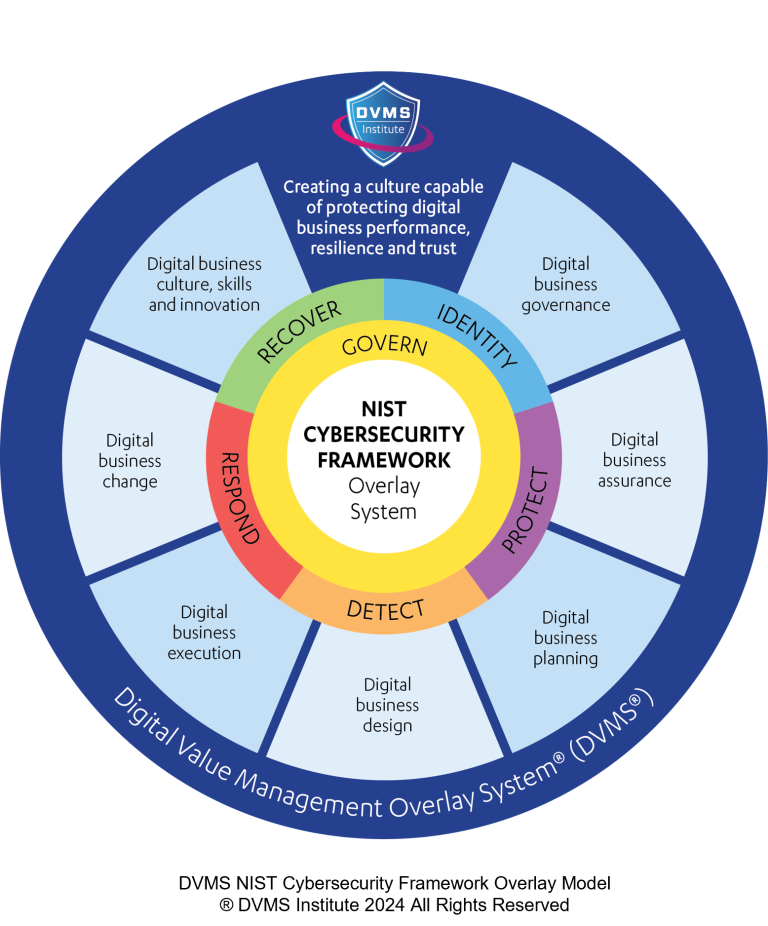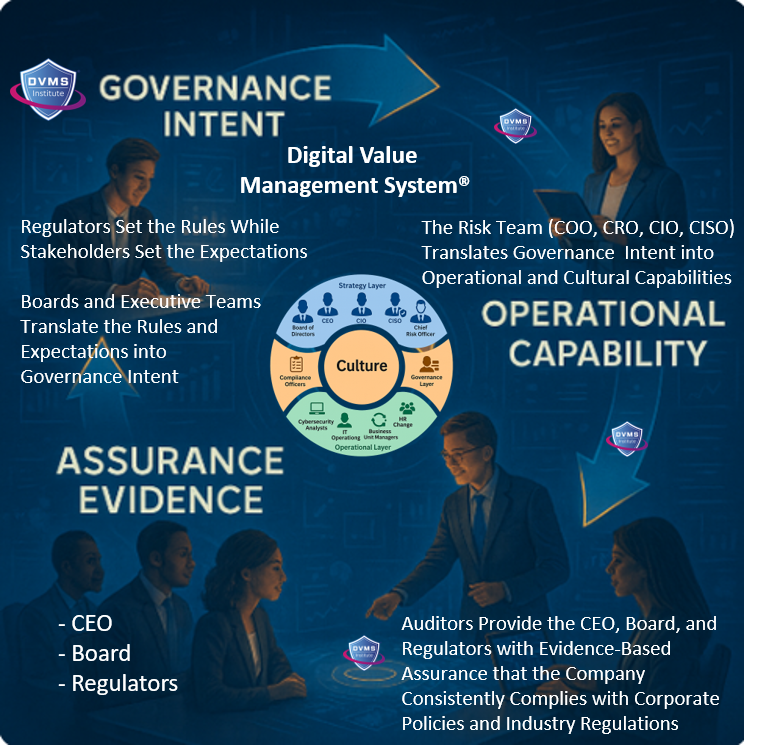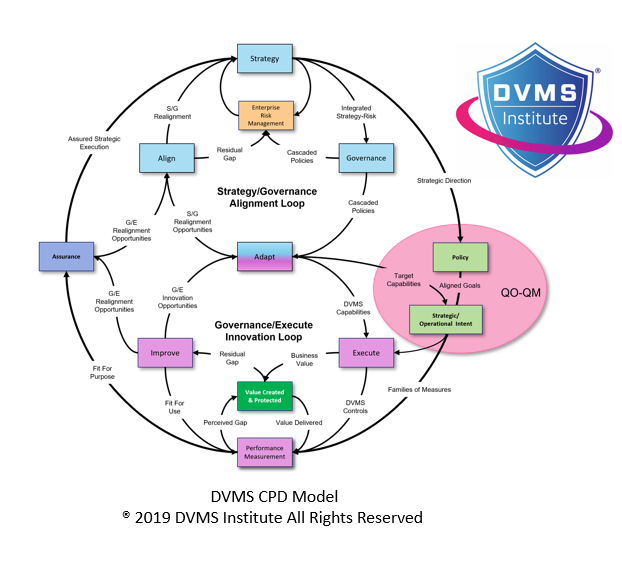The NIST Cybersecurity Framework: A Cornerstone for University Cyber Risk Management
Rick Lemieux – Co-Founder and Chief Product Officer of the DVMS Institute
Universities, repositories of knowledge and innovation, are increasingly becoming cyberattack targets. The sensitive nature of the data they handle, from student records to research findings, makes them prime targets for malicious actors. As such, a robust cybersecurity risk management program and culture is imperative. The National Institute of Standards and Technology (NIST) Cybersecurity Framework offers a structured approach to help universities manage and reduce cyber risks, plus lay the groundwork for a culture capable of mitigating cyber risk to protect the university’s cyber performance, resilience, and trust with students, administration and those who issue government research grants.
The NIST Framework provides a common language for discussing cybersecurity. Its core functions – govern, identify, protect, detect, respond, and recover – offer a comprehensive approach to managing cybersecurity risks. This common language is crucial for universities, where diverse stakeholders, from academic departments to administrative units, must collaborate effectively on security matters. By adopting the NIST Framework, universities can establish a shared understanding of cybersecurity objectives and responsibilities across the institution.
A significant advantage of the NIST Framework is its flexibility. It can be tailored to fit organizational needs and resources, including universities. Whether a small liberal arts college or a large research university, the Framework can be adapted to address unique challenges. This flexibility ensures that the framework is manageable, allowing universities to focus on the areas that pose the most significant risk.
By implementing the NIST Framework, universities can enhance their risk management capabilities. The Framework encourages a proactive approach to security, identifying potential vulnerabilities and implementing measures to protect against them. This risk-based approach helps universities prioritize security investments and allocate resources effectively.
Moreover, the NIST Framework supports compliance with various regulatory requirements. Many federal and state laws impose cybersecurity obligations on educational and academic research institutions. By adopting the Framework, universities can demonstrate their commitment to compliance and reduce the risk of penalties, including the loss of future research grants.
The Framework also aids in incident response planning and recovery. By defining clear roles and responsibilities, universities can respond to cyber incidents more efficiently and effectively. The Framework’s recovery function provides a structured approach to restoring normal operations after a breach.
The NIST Cybersecurity Framework can also communicate the university’s security posture to stakeholders, including students, faculty, staff, and the public. By demonstrating a commitment to cybersecurity, universities can build trust and confidence in their ability to protect sensitive information.
The NIST Cybersecurity Framework is valuable for universities seeking to strengthen their security posture. By providing a common language, a flexible structure, and a focus on risk management, the Framework empowers universities to protect their assets, maintain academic integrity, and ensure the continuity of operations. As the threat landscape evolves, the NIST Framework will remain a vital resource for universities striving to achieve cybersecurity excellence.
By adopting the NIST Framework and continuously improving their cybersecurity practices, universities can create a safer and more resilient environment for students, faculty, staff, and the broader community.
About the Author

Rick Lemieux
Co-Founder and Chief Product Officer of the DVMS Institute
The DVMS Institute teaches organizations of any size, scale, or complexity an affordable approach to mitigating cyber risk to protect digital business performance, resilience, and trust.
Rick has 40+ years of passion and experience creating solutions to give organizations a competitive edge in their service markets. In 2015, Rick was identified as one of the top five IT Entrepreneurs in the State of Rhode Island by the TECH 10 awards for developing innovative training and mentoring solutions for boards, senior executives, and operational stakeholders.
® DVMS Institute 2024 All Rights Reserved




